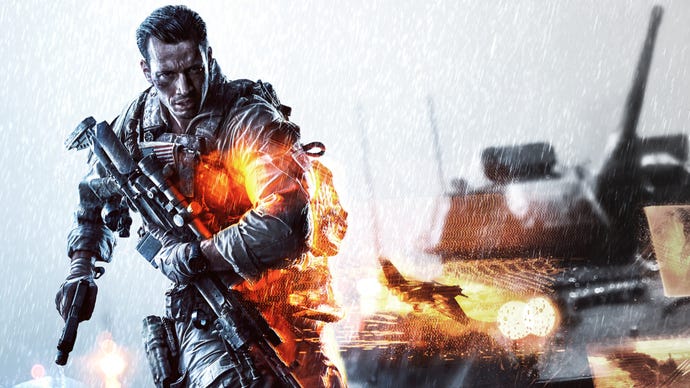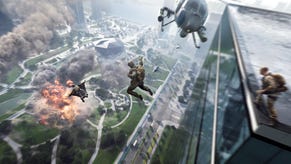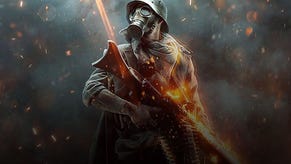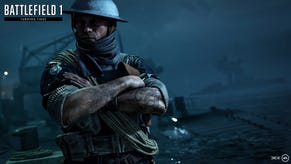10 years later, Battlefield 4 feels like the last game DICE really, truly cared about
On its tenth anniversary, Battlefield 4 stands as an anomaly from a time when players expected more from games.
In many ways, Battlefield 4 ended up setting a higher bar for the series than anyone could have anticipated. This was the pre-GAAS era, but DICE unknowingly created a blueprint for how well you can maintain player interest over the long haul.
On the game’s 10-year anniversary, it’s hard to look back and not compare it to modern-day Battlefield games. Their state at release, content at launch, and, crucially, how much support they continued to enjoy months after release.
Let’s start with some facts. Battlefield 4 was the second game to adopt the Premium season pass model introduced with BF3. And just like that game, DICE sold a $50 pass that promised five expansions. While details on the content of each were rarely shared when the pass went on sale, the standard set by its predecessor meant that you can expect several maps, new modes, vehicles, and a few new weapons with each DLC. You could also safely count on a certain cadence of release, which seems like a rarity these days.
Less than two months after Battlefield 4’s launch, China Rising – the first expansion, arrived. It brought four new maps themed around mainland China, and the usual assortment of weapons and vehicles. Second Assault followed in February, 2014 – though it did have a much earlier November release on Xbox One to coincide with the launch of the new console.
Xbox players got two big expansions in quick succession, while everyone else still got new content about when they expected it. Second Assault was made up entirely of four map remakes, and a bunch of new weapons.
DICE has always leaned hard into anchoring each Battlefield expansion around a single theme, which contextualised every bit of new content, and made it easier to get excited about more than just endless, meaningless new content.
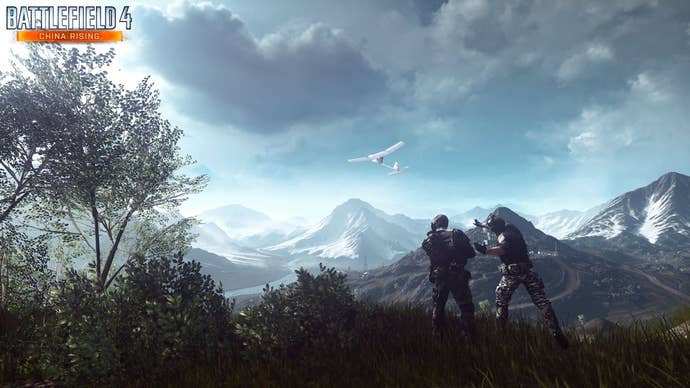
Naval Strike came out in March, and it was designed to really leverage Battlefield 4’s excellent naval combat. All four maps were set in the South China Sea, and were almost entirely islands, peninsulas and archipelagos. The big new mode was Carrier Assault, which, while promising to be the return of BF2142’s classic Titan mode, ended up falling quite short. Still, it was something new that delivered on the promise of mounting an air and naval attack on an aircraft carrier, a fantasy no other Battlefield game offered (save for 1942).
July was Dragon’s Teeth’s turn, and while that was a return to the China mainland theme, the focus of the DLC’s four new maps was on close-quarters combat, particularly with verticality and street-to-street skirmishes. The new mode, Chain Link, was likewise designed to take advantage of that fact.
The final piece to round out Premium was the aptly named Final Stand. That expansion brought back a focus on large-scale combat, and an emphasis on snow environments. It also served as another cheeky callback to BF2142, with more futuristic weaponry, and map elements that set the scene for the war of BF2142. Final Stand wrapped up the BF4 paid content slate in November, 2014.
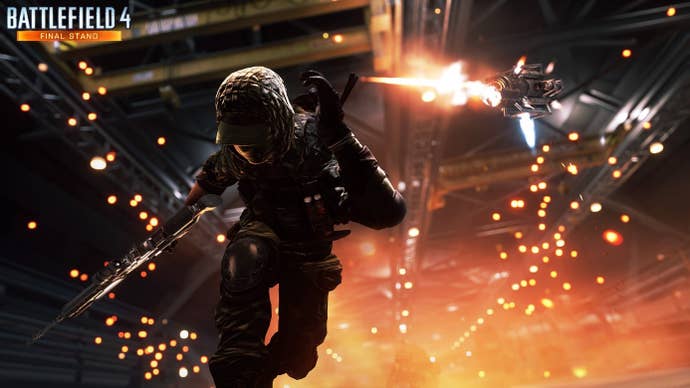
Everyone assumed that would be the end of it; still a healthy dose of new content. But DICE returned in March, 2015 to announce that it was working on more new content for the game, which would come to all players. For free. Keep in mind that while BF4 had its form of microtransactions (loot boxes with cosmetics and level-up shortcuts), it did not have a battle pass, or really any form of recurring, FOMO-driven way to compel players to return each week/month.
This was later called the Weapons Crate DLC, and it arrived shortly after on test servers (which used to be a thing), before it made it out to all players in May alongside a major patch. As the name might suggest, the update was meant to introduce new weapons, so five of them were added. That was also the update that added Gun Master to BF4, effectively a version of the classic Gun Game mode.
But, wouldn’t you know it, this was not, in fact, the last bit of content in the works for Battlefield 4 – not even close. Night Operations came out in the summer, and though it was initially set to deliver three nighttime versions of existing maps, only one of them made it out of the Community Test Environment, that being Zavod: Graveyard Shift.
Everyone’s sights quickly turned to Community Operations, which introduced Operation Outbreak to BF4 in October, a return to the jungle combat of China Rising, with a focus on ground combined arms action. The very last piece of free content for Battlefield 4 was December’s Legacy Operations, which introduced a remake of BF2’s Dragon Valley, alongside yet another major patch.
All in all, that’s three free maps, several new weapons, new modes, updated mechanics, major balance passes - all well after DICE was obligated to deliver any new content. By the end of it, Battlefield 4 had an unmatched package of content beyond what shipped on day one. This was the last time DICE would do anything of the sort.
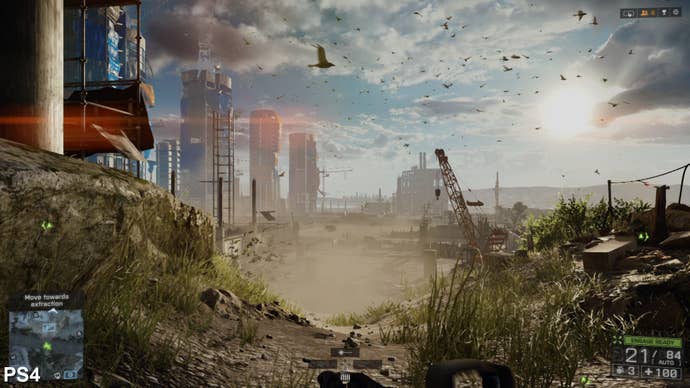
We’ll skip Battlefield Hardline because it wasn’t developed by DICE, and isn’t a mainline game anyway. DICE’s next big game was Battlefield 1, whose Premium pass cost the same $50, but promised one fewer expansion. The number of new maps ended up being comparable, however, as some expansions had more than others. Nevertheless, it was seen as a deterioration of the value of Premium.
Sadly, we didn’t know how good we had it. Battlefield 5 was the first game to get rid of the season pass model, offering all post-launch content for everyone – which immediately signalled that you shouldn’t expect as much of it after launch anymore. BF5 had its own battle pass system, and a chapter approach to regular content releases.
Overture was the first, introducing one new map. Then Lightning Strikes, with no new maps. Trial by Fire yet again added a single map. Defying the Odds was the first to drop four maps, though their releases were staggered. War in the Pacific was almost a throwback to how expansions used to follow certain themes and introduce new factions/locations. In that case, of course, that was The Japanese Empire and three Pacific-based maps. Finally, BF5’s last hurrah came with Into the Jungle, with one new map to its name.
Things got a lot worse with Battlefield 2042, as that game’s post-launch content pales in comparison to even BF5. BF2042 received only six new maps across six seasons, with each season also reworking one or more of the game’s launch maps. The recently released sixth season was already more than players expected, and it’s likely going to be the game’s last.
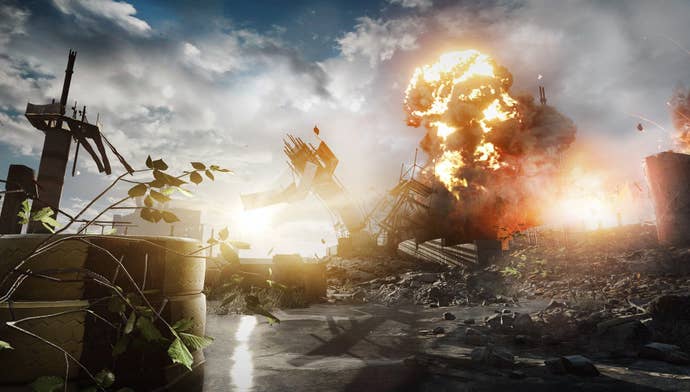
So this is where we are, 10 years on from Battlefield 4. Some things haven’t changed much: Battlefield games continue to be broken (to varying degrees) at launch, DICE vows to fix them, and they end up at a much better place when all is said and done.
But the amount of content you can expect today, especially considering how much more monetised modern Battlefield games are, is so staggeringly lower than in 2013. Both the annual season pass and the quarterly battle passes are elements of their respective times. Everyone hated how locking new content behind a paywall split the community, and left owners with a smaller player pool, and non-owners with no new content.
That may well have been true, but you cannot deny just how much new content Premium promised – and delivered – for every game it was part of. Remember, that was a one-time $50 purchase that granted you access to all of that extra content. Today, a single BF2042 battle pass costs $10, and everyone only gets a single new map.
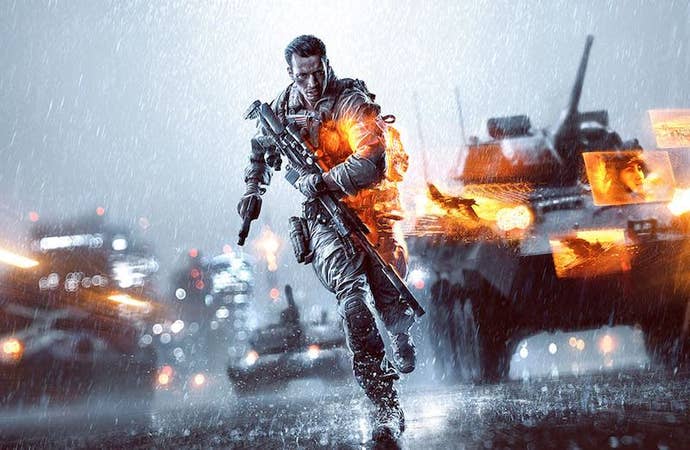
It’s clear DICE’s best days are behind it, but It’s also embarrassing to see EA continue to run Battlefield live services so terribly. If anything, the publisher no longer treats the “service” part of GAAS as something that adds value to players. It has gotten quite comfortable putting out a broken game, and using the live service to finish it. Expecting a pat on the back for “finally making X good.”
Everything old is new again, so I wouldn’t rule out a return of season passes. The concept of the battle pass is already running out of steam, and publishers running GAAS will need to figure out a replacement sooner or later. I just hope that, whatever it is, it can at least deliver as much content as we used to expect, a mere 10 years ago.
